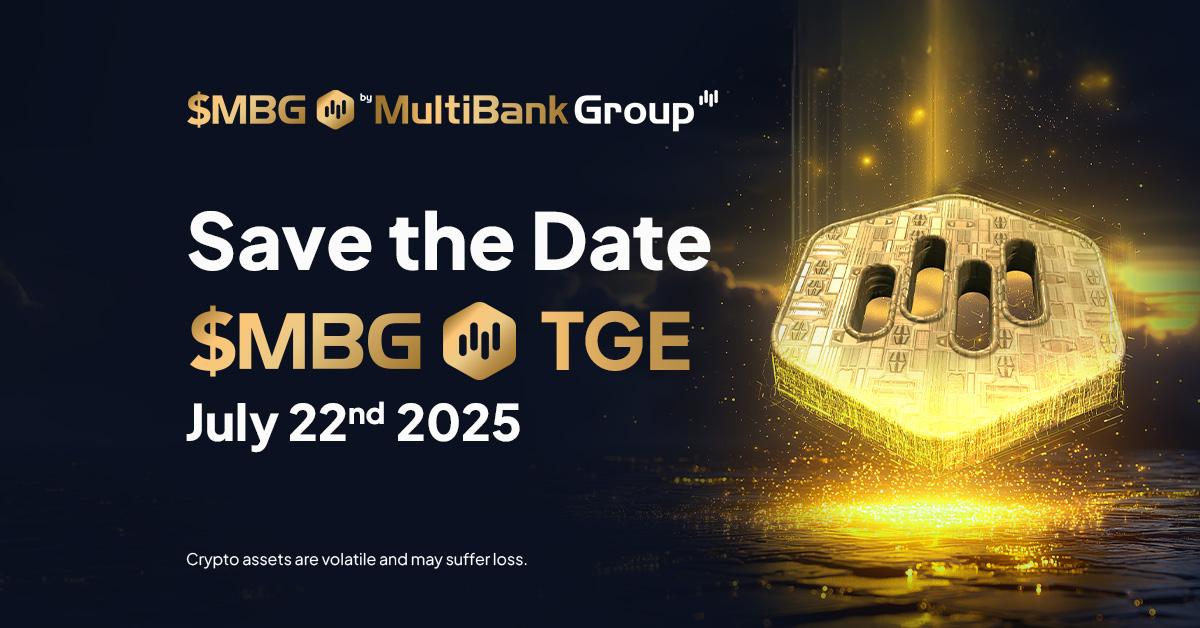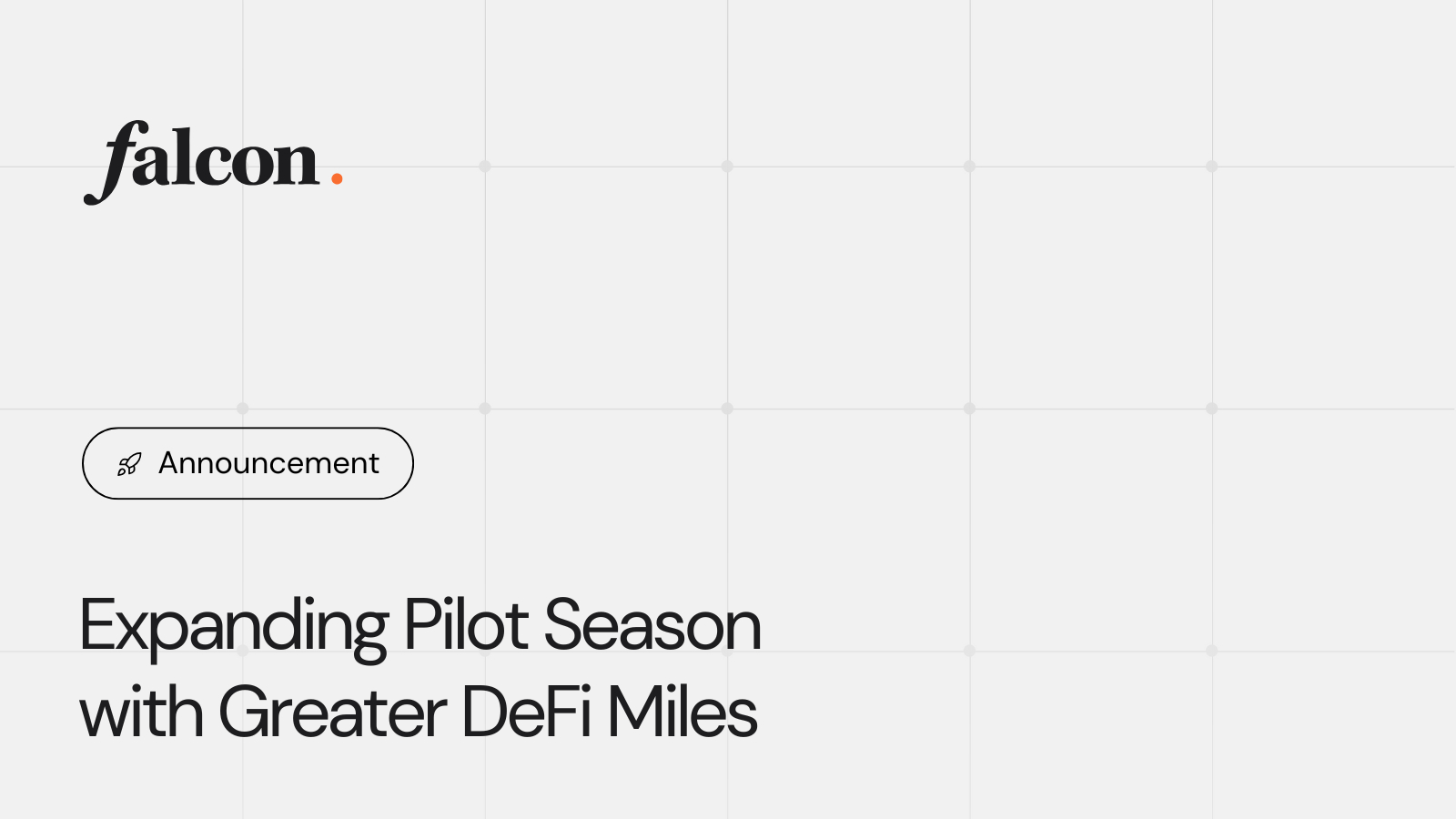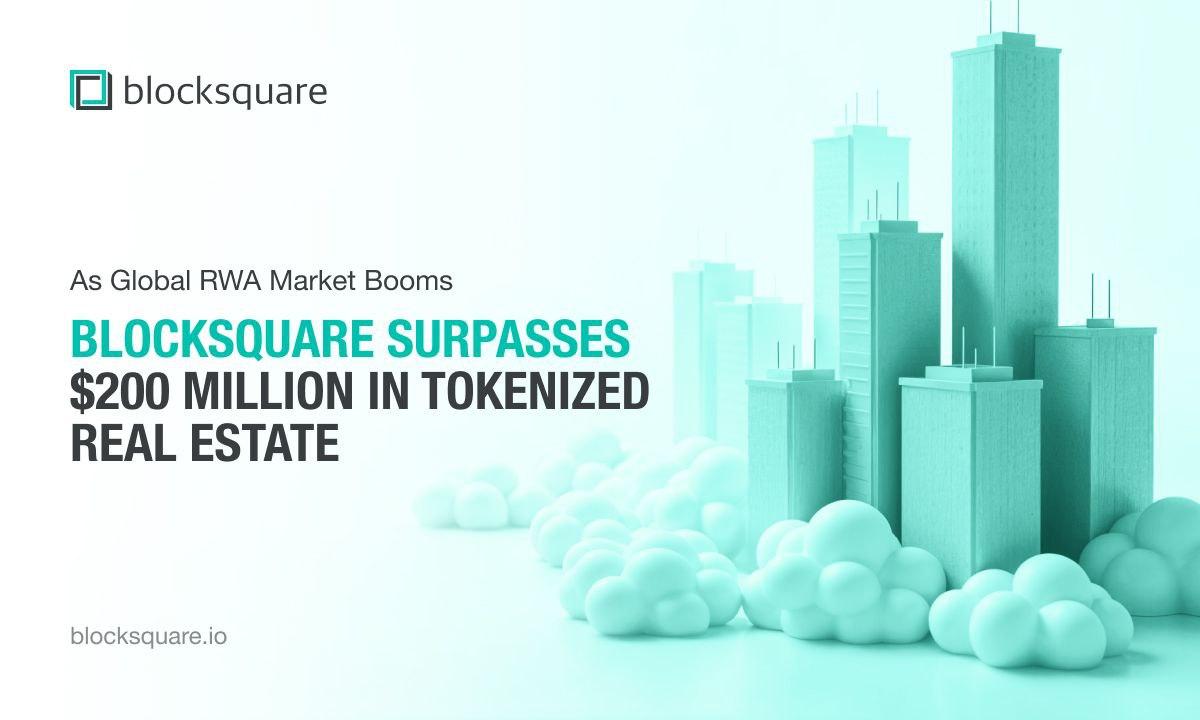Layer-2 is expected to be a very explosive segment in 2022. Many projects on Layer 2 solutions have been launched and resonated greatly. StarkWare is also one of those prominent names.
About StarkWare
StarkWare is a Layer-2 solution built and developed in 2018, the goal is to extend and overcome the weaknesses of Ethereum.
StarkWare’s solution is built on top of ZK proofs. To understand StarkWare more deeply, we need to learn its 2 components:
- StarkEx
- StarkNet
StarkEx and StarkNet both provide scaling solutions for Layer 1 (Ethereum) through STARK-proof technology. The difference is that StarkEX will be a suitable adjustment tool for each individual project (users are projects), while StarkNet will be a decentralized Layer-2 network, allowing developers to Developers build Dapp and allow users to interact on it.

Solution of StarkWare
Rollup and ZK-Rollup
To better understand how StarkWare works, let’s talk about Rollup and ZK-Rollup again.
First of all, Rollup is a solution that helps to “bundle” or “roll” sidechain transactions into a single transaction and generate a cryptographic proof, called SNARK. Only this proof is sent to the main chain (Layer 1). Sidechain will still be an independent blockchain chain, compatible with Ethereum.
Rollup is essentially a solution to put the processing and execution of transactions on the sidechain (StarkEx). The main blockchain (ie Ethereum) only has to store transaction data.

In Rollups, based on the security mechanism, people continue to divide it into two types: ZK-Rollups and Optimistic Rollups.
- ZK-Rollups (Zero Knowledge Rollups): Transactions after being executed on the sidechain will be sent back to Layer-1 with proof. Transactions are only validated as true and valid when this proof is validated.
- Optimistic Rollups: Transactions execute on the sidechain, then send back to Ethereum and are assumed to be in the “correct” state. The validators will have the right to dispute and complain about the “correctness” of the transaction. Every time there is a claim, the chain will check, compare => and repeat until it is valid.
Thus, you can understand a simple way to distinguish the above two types: For ZK-Rollup, the data is only “true” when the accompanying proof is confirmed. In contrast, for Optimism, the data defaults to “true” until proven false, or invalid.
Also because of this security feature, the above 2 solutions have their own advantages/disadvantages:
- ZK-Rollups: faster transaction processing (just need to process the accompanying proof). In turn, because it uses SNARK (private security proof), so ZK-Rollup is less compatible and difficult to integrate with projects.
- Optimistic-Rollups: processing transactions longer (usually 07 days, because the data needs to be reconciled many times). In turn, Optimistic will be easier to interact with and integrate with the project.
In addition to ZK-rollup, StarkEx also incorporates another scaling solution, Validium. Validium works with the same transaction validation mechanism as ZK-Rollups, using Zero Knowledge. The difference between Validum and ZK-Rollups is data availability: for ZK-Rollups, data is available on-chain, while Validium is off-chain.
This will further reduce the load on the main chain, but bring security risks because off-chain data does not inherit the best security from Layer-1.
How StarkWare Works

All transactions will be sent to a department called StarkEx Service. Here, StarkEx Service will classify and aggregate (logically) transactions into batches and send to SHARP, and send a transaction status to the StarkEx contract. SHARP will have the function to generate Proofs for the transaction batch (in Cairo language) and send it to the STARK Verifier (validators). Here, the verifiers will review the validity and validate the proof. Once the proof is validated, the transaction status on the StarkEx contract will be accepted and executed.
With the simultaneous use of both ZK-Rollup and Validium models, StarkEx allows users to perform transactions on both off-chain and on-chain.
Thus, the indispensable components of StarkEx include:
- Application (off-chain): is the place to receive requests from off-chain users, and determine the order logic, and the execution methods.
- StarkEx Service (off-chain): performs distribution, aggregates tasks, and updates the system’s state.
- SHARP: service that provides credentials. It receives proof requests from different applications and outputs proofs to validate tasks.
- StarkEx Verifier (on-chain): responsible for checking the validity of the authentication proof.
- StarkEx contract (on-chain): update the status of the task.
STARKs vs SNARKs
If traditional Rollups use SNARK security, StarkWare has created STARK as an upgraded version. STARKs allow for faster authentication, but at a higher cost than SNARKs.
Also because using Stark, StarkWare needs a different language to allow applications to better interact with this kind of security proof, namely Cairo and Warp. Cairo is a programming language built for StarkWare, with better scalability and performance when interacting with STARK than Solidity. However, StarkWare is too new, while most applications are already familiar with building with Solidity. To solve this problem, StarkWare used Warp. Warp allows easy migration from EVM to Cairo, initially solving the EVM compatibility issue for StarkWare.
StarkEX and StarkNet
StarkEx
StarkEx is a scaling solution on Ethereum using validators. StarkEx can operate in both ZK-rollups and Validium modes.
StarkEx started operating from 06/2020, is StarkWare aiming to become a solution for other projects. Indeed, StarkEx has achieved success when it is currently the solution for other well-known projects such as dYdX (futures trading platform), Sorare (NFT), Immutable X (extensible solution for trading platforms). NFT project), DeversiFi (decentralized exchange).
However, StarkEx is just the place to start. To build a complete ecosystem, StarkWare needs StarkNet.
StarkNet
StarkNet is shaped as a decentralized ZK-Rollups scaling solution, a Layer-2 network of Ethereum that allows building and scaling DApps without limits while still ensuring security and capability. the composability of the original layer (Ethereum).
StarkNet will focus development on 3 main features:
- Scalability & Integrity: StarkNet will support scalability while maintaining the security of Ethereum through the generation of proofs of security called STARK off-chain ( off-chain) and then validate them on-chain.
- Ability to build and develop: StarkNet provides solutions for developers using StarkNet contracts, allowing to build and develop smart contracts easily.
- Aggregation and Interoperability: In addition to building a scalable solution, StarkNet allows smart-contracts built on its network to interact and synthesize with a high degree (according to the project, at the level of Ethereum). .
In short, StarkNet will be the main network of StarkWare. Once StarkNet is successful, projects that are using StarkEX can push their projects directly to StarkNet. StarkNet Alpha was launched in November 2021.
Team and Investors
Team

Investors

How to join the StarkNet trial and experience some of the projects under construction
Currently, the ecosystem on StarkNet is quite young, there are not too many official launching projects. This is also an opportunity for you to experience, evaluate the network, evaluate the project and get retroactive in the future.
StarkNet’s test network is called StarkNet Goerli.
To experience StarkNet, you can follow these steps:
- Step 1: Download Agent X StarkNet Wallet here
- Step 2: Mint token test in Wallet or at https://argentlabs.github.io/argent-x/
In case you need to check blocks and transactions, you can use Voyager or ethtx.info
After you have a wallet and test token, you can experience some of the projects under construction on Starknet:
- MintSquare : Dapp for NFT creation and transactions. Experience mint NFT at
- Myswap : is an AMM built on top of StarkNet. You can connect the wallet and try to make transactions, add pool here.
- Suez : the first bridge on StarkNet, helping to transfer assets from Ethereum to StarkNet and vice versa.
Alternatively, if you want to try building the project, you can research Cairo here .
Verdict
StarkWare is a project that is heavily invested in technology, products, teams and marketing. Therefore, StarkWare is expected by many KOLs, investors in the Crypto world. Personally, I also believe that this will be the explosive Layer-2 in the near future.
At a stage of development like this, StarkWare will contain plenty of retroactive, investment opportunities for everyone. So, don’t forget to follow the next moves from the project and potential native projects on StarkNet.
If you have any questions, comments, suggestions, or ideas about the project, please email ventures@coincu.com.
DISCLAIMER: The Information on this website is provided as general market commentary, and does not constitute investment advice. We encourage you to do your own research before investing.
Issac
Coincu Ventures
















